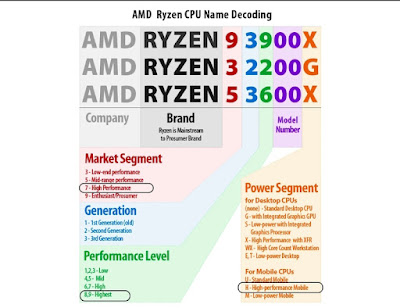During the recent Chinese New Year online promotion period, I discovered that the Honor MagicBook 16 laptop has its selling price dropped to RM29xx. (This promotion is still available in some of the online shops, including the Honor official website, now at a slightly higher price of RM2999 and lesser free gift, until the end of February 2023)
I remember when it first launched last year, its initial selling price was at RM4299.
Without much hesitation, I have bought one with 18 months credit card interest-free instalment of RM163.68 per month, which does not affect much on my personal finance cashflow. I believe at this time, you can't find another new laptop with built-in 16GB RAM 512GB SSD and high performance CPU at such a value-for-money price.
I have recorded down a comprehensive list of specifications of this laptop, as detail as possible, as follow (click the image to enlarge it):
The information above is obtained by running several diagnostic applications on my laptop. I believe it is the most detailed one you can find in the Internet. Even Honor official website also not providing as much detail about this laptop.
The specifications are based on my Malaysia official set of Honor MagicBook 16. The same model of laptop sold in other regions might have a slightly different specs.
I have highlighted the background of the items in green for high specs, yellow for medium specs, and pink for normal specs. From there, you can see that this is a relatively good laptop with some nice components inside.
This kind of specs is commonly found in the flagship laptop during 2021. Now in 2023, the latest version of some of the components might be one or two generations ahead of this laptop, as indicated in the last column of the table above. Anyhow, none of the components of this laptop is deemed outdated, and it can still be used for several years without much performance or compatibility issue. In short, this laptop is future-proof!
This laptop comes with a high-spec AMD Ryzen 7 5800H CPU, which is comparable with the Intel Core i7-11800H CPU. The performance of its built-in Radeon RX Vega 8 GPU is comparable with the standalone NVIDIA GeForce GT1030 GDDR5 version.
The chart below provides information on how to decode the AMD Ryzen CPU and determine whether it is of high performance, mid-range or low-end.
- Solid and classy casing with nice professional-looking colour.
- Big screen but light weight, good for reading document and/or working with multiple windows on the screen.
- Less harmful and less lethargic to your eyes, thanks to its high refresh rate and low blue light treatment.
- Its camera is located on top of the screen (unlike previous models of Huawei/Honor laptops with camera on the keyboard)
- You can share its charger with your handphone. When travelling, this allows you to bring fewer chargers in your luggage.
- It supports supercharging which can charge up its battery very fast.
- It's speakers can produce pretty good sound, after tuning with Nahemic tuner.
- It's mic is echo-cancelling and noise-suppressing, nice to use for conference calls.
- It can establish handy connection with your handphone, with features slightly better than Windows Phone Link.
- It has a fingerprint reading on/off switch, which is very convenient to use.
- It has a 4-points touchpad, which you can configure its touch gestures in Windows 11.
- It has a relatively short battery usage life of 8~10 hours only. Would be perfect if its battery can sustain for 12 hours and above screen on time.
- Its screen resolution is at normal 1080p. Would be nice if it is 1440p or 2k.
- Despite its 16 inches size, its keyboard does not come with numeric keypad on the right.
- Its built-in camera is just normal. If you want high resolution, wide-angle, multi-focus and other more advanced features, better buy a webcam.
- It has a normal non-touch screen. You cannot write, sign or draw on its screen.












